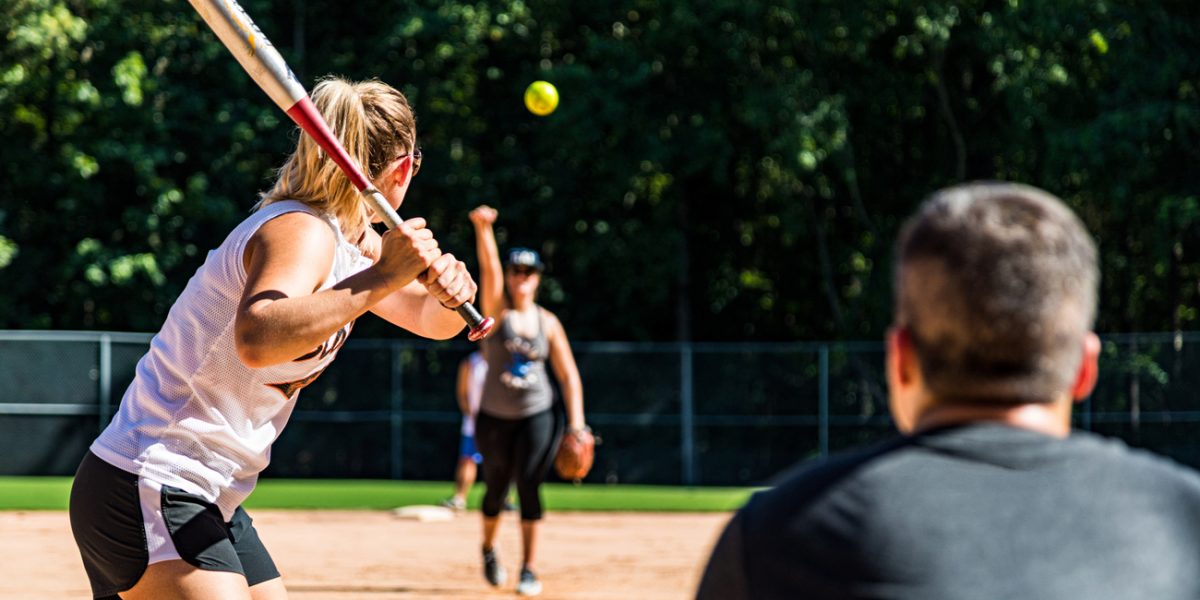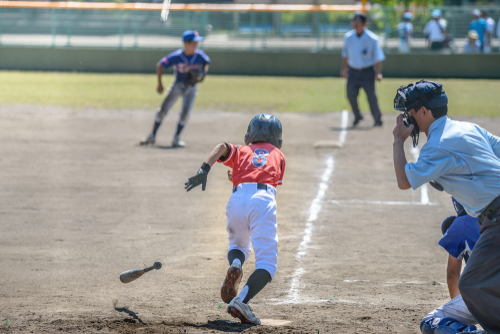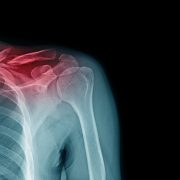
Keeping Your Kids Safe Is a Top Priority
When the inexperience of children collides with the physical demands and strains of sports, accidents are likely to happen. While this can be worrisome to most parents and guardians, it is a normal part of playing sports. The most helpful thing we can do is prepare our kids with the skills and knowledge to prevent injuries as best as possible.
Today, we are focusing on youth softball and baseball injuries.
For the best prevention tips, turn to the board-certified, highly skilled Sports Medicine Team at EmergeOrtho—Triangle Region. With years of experience supporting local and national sports teams, we have a well-versed background in recognizing and treating a wide variety of sports injuries.
Through our experience, knowledge, and research, we have compiled an extensive list of prevention techniques parents, guardians, and coaches can teach their kids to best prepare them for preventing injuries.
Below, we will delve into the most common youth softball and baseball injuries to look out for, how to treat them, and how you can teach your children to prevent them.
Top Three Most Common Youth Softball and Baseball Injuries and How to Prevent Them
Even though boys and girls are often divided into different leagues, their risk for injury, as well as the type of injury, are almost identical. Injuries can range from mild (such as bruises) to more severe (ulnar collateral ligament (UCL) tears).
Take a look at the top three most common youth softball and baseball injuries and how you can help your child prevent them.
1. Acute Injuries
What They Are
These particular types of injuries are minor and most common among youth softball and baseball players, but still need care and medical attention in order to properly heal and not cause further complications. The following injuries are typically classified as acute:
- Contusions (Bruises)
- Back, Neck, and Shoulder Pain
While these injuries pose very little risk to children, it is important that they are properly attended to.
How to Treat and Prevent Them
For contusions, rest and a cold compress will help with healing and any swelling. For prevention, your children should always wear proper safety equipment, such as padding or guarding. Extra padding or guarding will also prevent further injury or aggravation to any bruises when playing or practicing.
For back, neck, and shoulder pain, rest and a cold compress will help with healing, swelling, and relieving pain. To prevent muscle fatigue and pain, there are multiple tips you can teach:
- Proper playing techniques (whether for pitching, catching, batting, or playing the field)
- Warm-up stretches (can vary based on a player’s position)
- Avoid overexerting themselves (never “play through the pain”)
2. Sprains and Tendinitis
What They Are
Often mistaken for being the same thing, (because they have similar symptoms and affect the same parts of the body), sprains and tendinitis are common among youth sports players.

Concerning softball and baseball, sprains and tendinitis commonly occur in the shoulder, elbow, wrist, and ankle.
Sprains involve the stretching of muscles, tendons and ligaments. A sprain is typically caused by a specific incident/injury rather than overuse.
Tendinitis is inflammation due to overuse in one or more tendons.
Both injuries cause general muscle pain, and need proper care and attention in order to prevent further injury.
How to Treat and Prevent Them
If your child is faced with a sprain or tendinitis, it is imperative that they rest and cease playing sports until they are medically cleared or fully healed. Icing the affected area will greatly help, as well as doctor-approved, anti-inflammatory medication. If left untreated, both a sprain and tendinitis can evolve into more serious muscle damage.
To prevent either of these, proper playing techniques, muscle stretches, and moderated playing should be enforced. Children are not always vocal about how they are feeling, so it is up to parents, guardians, and coaches to have these conversations and encourage children to speak up if they do not feel well or think they are experiencing any kind of discomfort or pain.
Parents, guardians, and coaches should always take extra care in looking for signs that indicate pain and/or injury in their kids.
3. Overhead Throwing Injuries
What They Are
Due to the constant, repetitive overhead motions pitchers are subjected to, pitchers are more likely than most other team players to sustain an injury. These injuries most often occur in the shoulder, elbow, and forearm. Injuries include:
- Super Labrum Anterior to Posterior (SLAP) Tear
- Bicep Tear
- Rotator Cuff Tear
- Ulnar Collateral Ligament (UCL) Tear
- Internal Impingement
- Proximal Humeral Epiphysiolysis (Little League Shoulder)
How to Treat and Prevent Them
The injuries listed above are most commonly caused by overuse and begin as shoulder, elbow, or forearm tendonitis. They are often preventable if early signs are recognized and treated with rest, ice, and doctor-approved anti-inflammatory medication. Once a tear or more serious injury is sustained, it will likely require more serious medical intervention, such as physical therapy, or in extreme cases, surgery.
As with other common injuries, prevention is all about avoiding overexertion, practicing proper playing techniques, wearing proper equipment, and stretching the muscles before and after playing.
For pitchers specifically, who are exposed to the most risky repetitive overhead arm motions, coaches should adhere to current pitch-count guidelines. Following these recommendations can reduce overhead injuries in youth players by 50%.
Keep Your Kids on the Playing Field With EmergeOrtho—Triangle Region
Children may be interested most in playing the game, but youth softball and baseball injuries can lead to some serious long-term consequences (along with less play time).
Forming safe-playing habits and explaining the importance of them is critical to your child and their teammates’ overall safety and health.
To learn more, self-schedule an appointment now. Or, call us any time at (919) 220-5255.







